Estimated reading time: 12 minutes.
November/2014 - The Canon EOS 6D is, in my humble opinion, the “spiritual successor” of the EOS 5D Mark II. With the same moto of being a low cost full frame camera, the 6D was announced in 2012 for US$2099; US$500 less than the 2008 5DII. A huge difference to the overly priced US$3499 Canon EOS 5D Mark III, as the class update to a video oriented DSLR with the same AF module of the 1D-X took a toll on everybody’s pocket, no matter the area you worked in. Not that I consider US$2000 a “low cost” camera, positioning that not even Canon decided to move along with it. They worked their asses off to make it special, creating a lighter, plastic body (top and bottom), and two EOS’s firsts: built-in Wi-Fi and GPS. Who could really benefit from these ideas? Travellers.
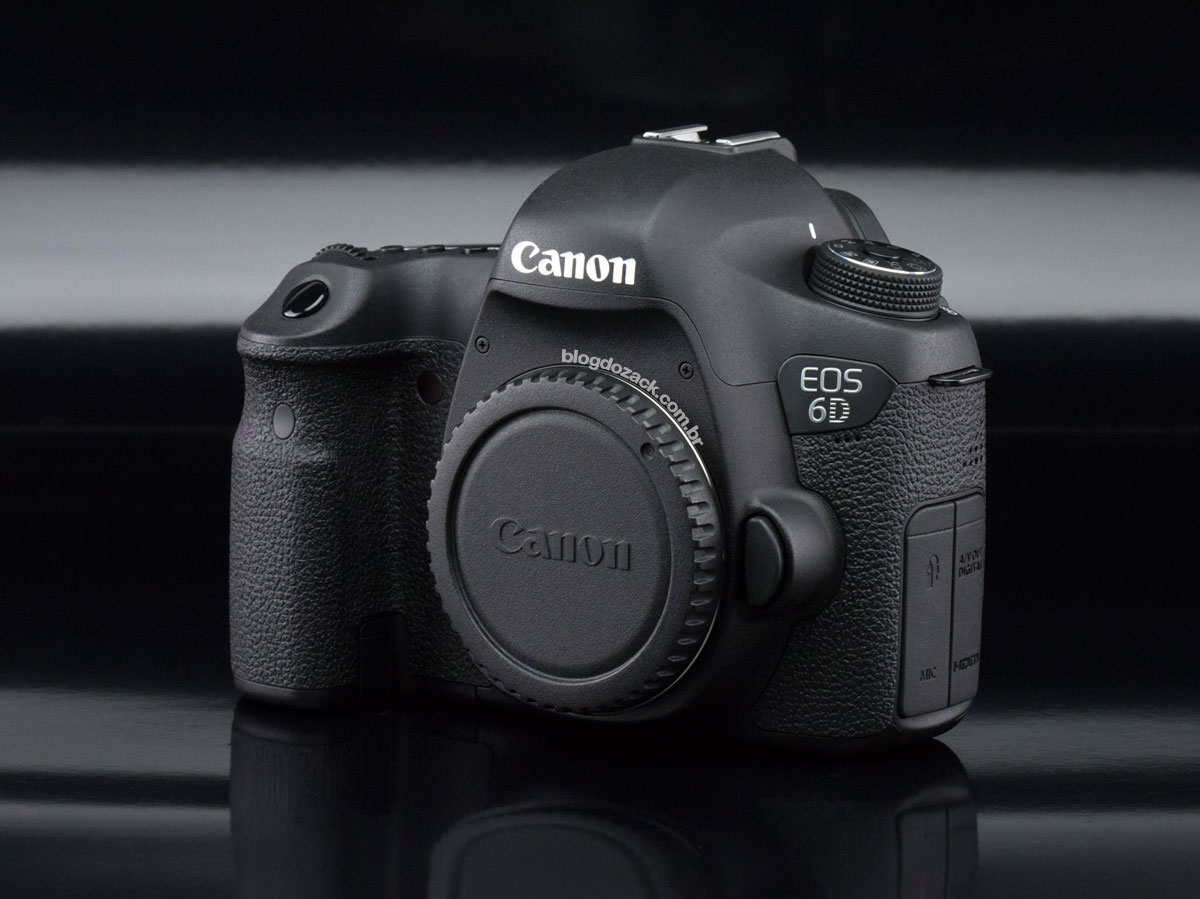
And actually inside it doesn’t really miss any of Canon’s latests (for that time) technology. The DIGIC 5+ processor is the same as the 5D Mark III and 1D-X (dual), for in camera lens correction and low noise, high ISO video and JPEG; ALL-i video format; built-in HDR; and 4.5 fps, faster than the 5D Mark II. The dual layer 63 zone metering was borrowed from the Mark III. But the inferior 11 points phase AF module has a trick up its sleeve: it’s the only on Canon’s lineup to be sensitive up to -3EV, better than even the 1D-X. And the image sensor is one generation ahead of both 5DIII and 1D-X, with a completely new gapless 20MP design with better dynamic range, besides the low cost. We have the same image capability of more expensive cameras, but on a lighter, easier to use body.

At 755g the Canon EOS 6D is astonishingly light. We have a 20MP full frame camera, with a DIGIC5+ and LP-E6 battery (the same as 5D II and III, 7D, 60D and 70D), for the same weight as an APS-C body. But with the large, bright, 97% coverage full frame viewfinder, as the top LCD and overall layout. The 6D features the same weather sealing as the 5D III. What kind of sorcery is this. It’s a new era for Canon’s engineering team. While most “professional” EOS cameras always relied on magnesium blocks, the 6D made do with only “structural” magnesium bits (front EF mount plate and back panel), joint together by radio-friendly plastic panels at the top. With 20% less volume than other full frame EOS bodies, the 6D brings new paradigms for ergonomics.
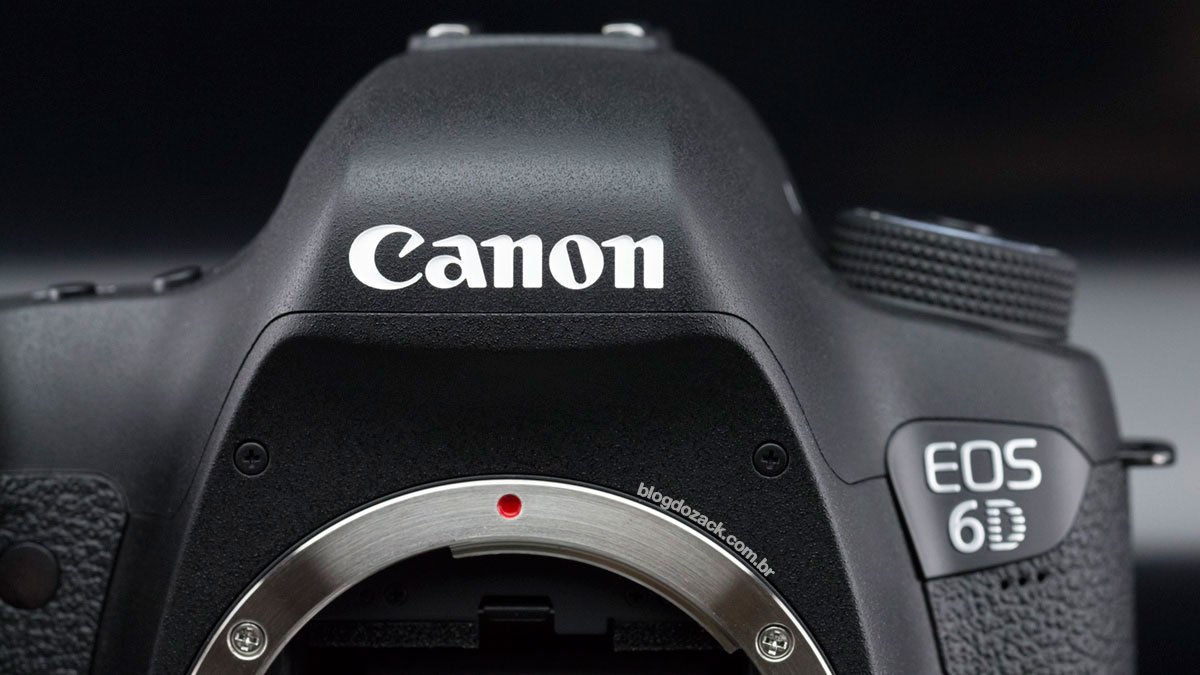
It sits perfectly in your hands and all top controls are within reach of your fingers. The right back buttons and wheel are next to your thumb, and it fits better than the “squared pant” EOS 5D Mark II. Even the excellent 5D Mark III feels too big to house a full frame sensor + 3.2” LCD, while the 6D is smaller, more practical, with virtually the same controls. Yes, the LCD shrunk to only 3” but retains the 1.04 millions dots. Unfortunately it’s not the latest bounded Clear View II LCD of the 5DIII, but the fluorine coating is there to make it easier to clean smudges from your nose.
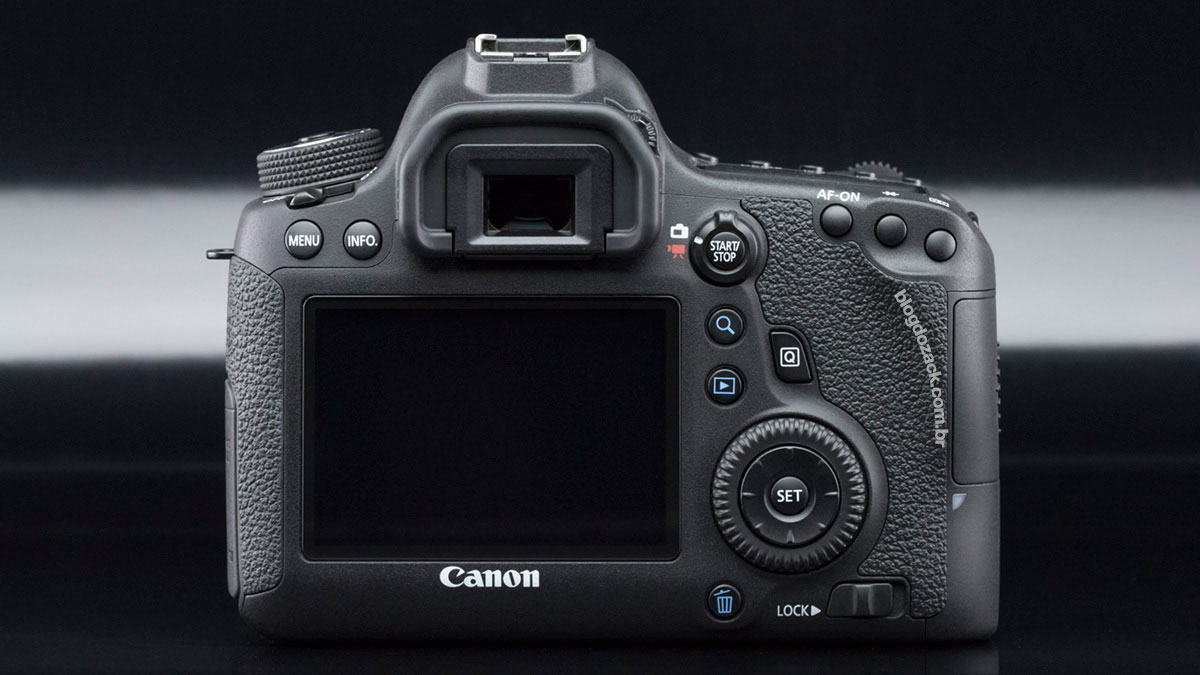
At the front, Canon insists in not putting extra buttons like Nikon does. The only depth of field preview button (programable) is underneath the lens mount but you’ll lose the DoF-preview if you change it; dumb. And at the other side there’s the EF mount release button. There’s no AF assistant; this large frontal LED is there to house the IR receiver and indicates the self-timer function; again, dumb. Only the top of the line 1D-X or the brand new 7D Mark II got more functions on the front. Not even the 5DS and 5DSR got an updated front panel, ridiculous. O_o Canon could learn a thing or two from Nikon’s D7#00, D6#0 and D8#0 lines, especially on what to do with your right hand.
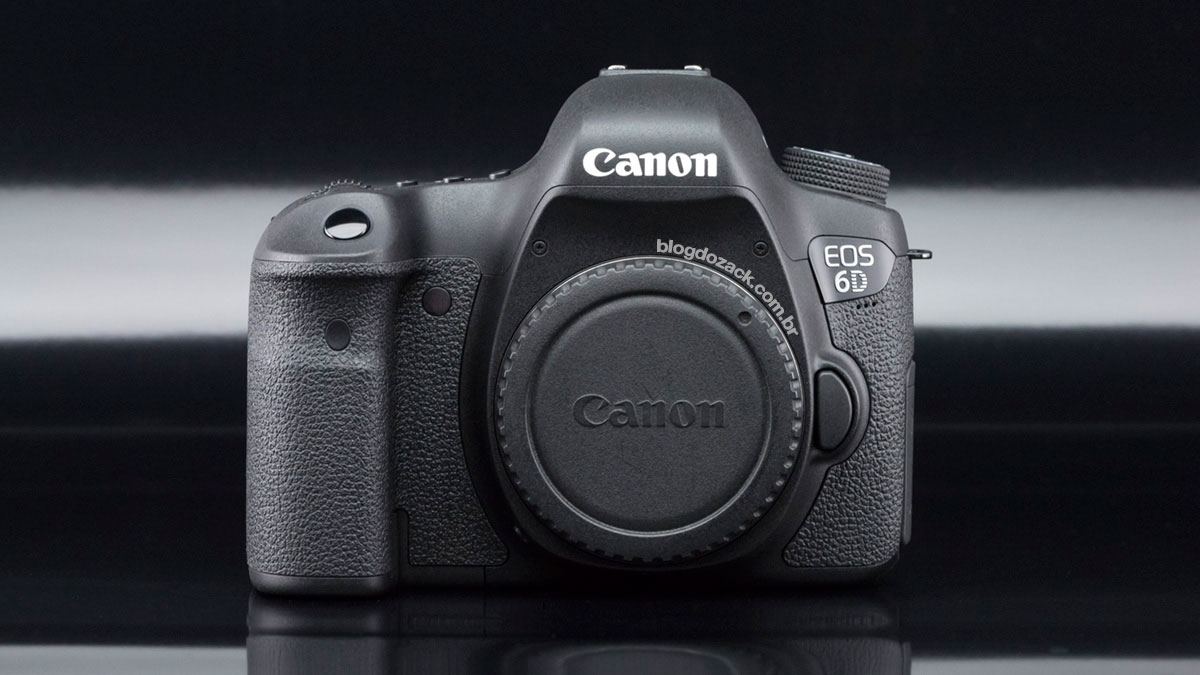
There’s is also no built-in flash at the front, something we’re used on Canon’s full frame cameras. They fail to explain why, but they do offer the most comprehensive set of EX flashes… So. Take. A. Hint. At least the top plate is very useful with a PTAM wheel on one side; a complete hot shoe centred with the lens mount; and the top info LCD on the other side, with the same button sequence from the 2004 EOS 20D: AF, DRIVE, ISO and metering, all activated by your right hand index finger. If you manage to memorise their positions, you don’t even have to take your eyes from the viewfinder. The second main dial is at the front, near the shutter button, like every EOS.
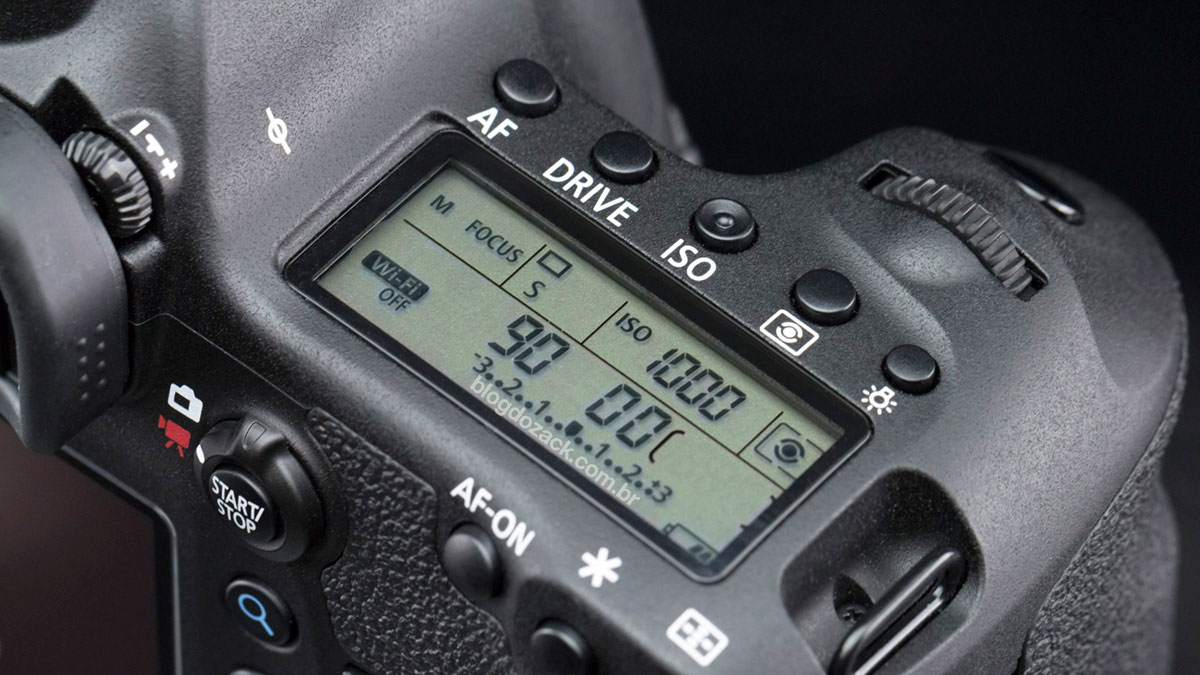
Top LCD shows most exposure informations and camera status.
At the back we find a convergence of ideas to say the least. Both MENU and INFO buttons are at the top and meant to be pressed with your left hand. But the playback and zoom (loupe) are at the right; go figure. The “new” Q button made its debut in 2010 on the EOS 60D, and set camp on top of the back jog dial, with the 9* directional button in the middle, also from the 60D. I actually prefer it to the dedicated thumb jog from bigger cameras. But Canon says the smaller jog is actually faster, so they’ll leave it just for higher end cameras. My 2004 US$1299 EOS 20D had one.
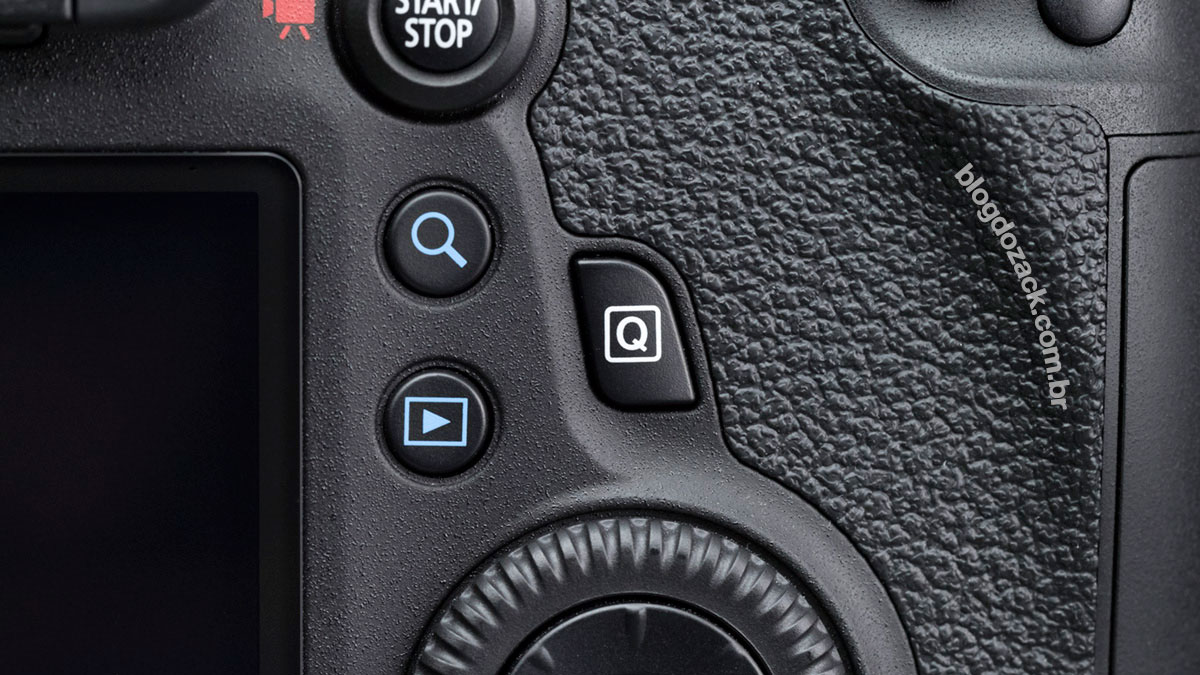
The Q button is together with both playback and loupe buttons, at the right.
One detail that didn’t make the cut is the 5D Mark III touch dial for some silent adjustments during video recording. So every EOS 6D button received a new “luxury tactile feedback” (Canon’s words) for much smoother, quieter button presses. You can feel it is rubber on rubber, without noisy clicks. It is much better than some recent “vintage” styled announcements with very hard “click” rockers, making the photographer life worst. Canon is thinking about the future and I expect their next cameras to offer a similar feedback. It’s a joy to use and should be implemented further.
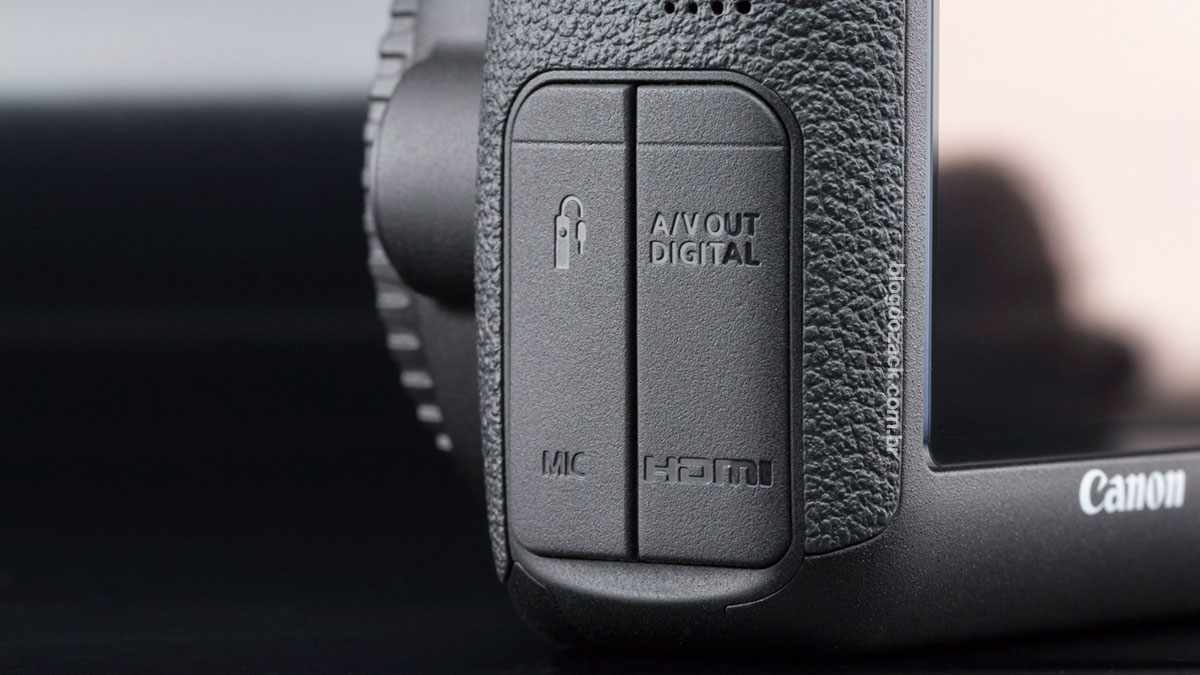
All ports are on the same side, behind some rubber pieces.
At the right side the typical Canon buttons are all there, like the AF-ON, star (FEL) and AF selection, and last the Live View switch for photos and video, with the START/STOP button inside (again, from the 7D). On one side we have all ports together, like HDMI, USB, Mic in and remote control. On the other there’s the SD card slot, inside a weather sealed door, much better than the naked 60D. It’s a very simple and uncomplicated, typically Canon. Their main philosophy while designing the 6D was to please the photographer. They didn’t get rid of function to save money, nor added useless novelties. It’s a perfect camera for long term Canon shooters, who’ll feel right at home.
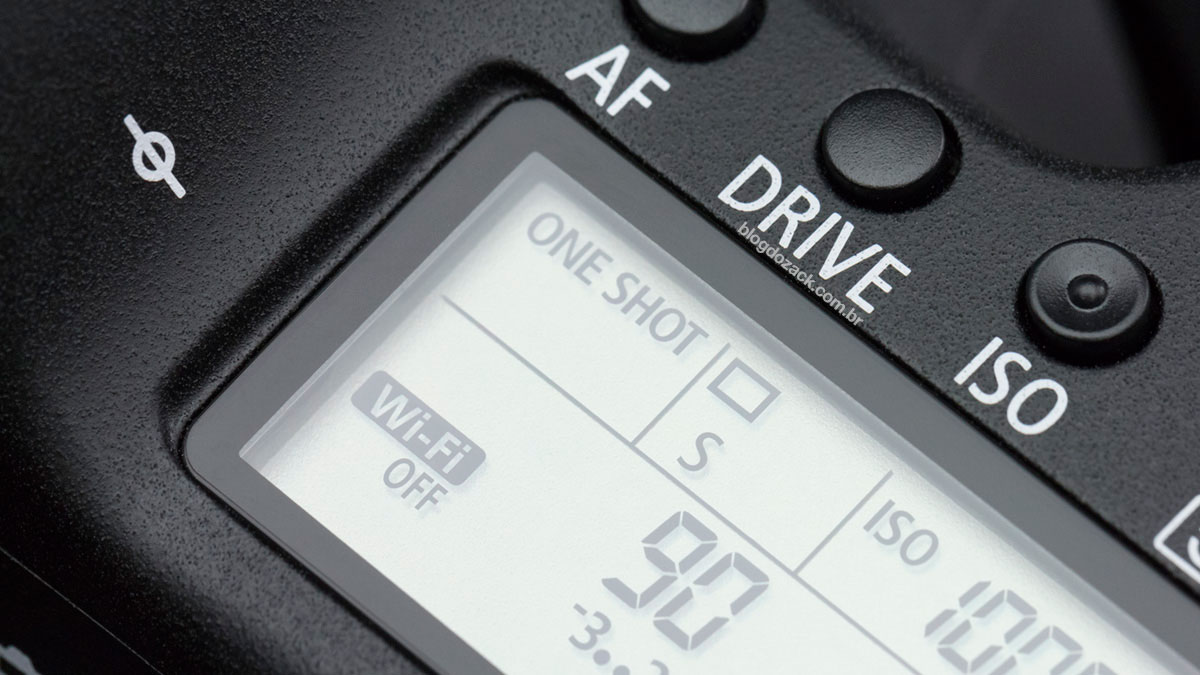
With a doubt my favourite Canon EOS 6D function is the silent shutter mode. With a completely new design that separates the mirror box and shutter curtains motors, it borrows the 5D Mark III smoothness with the speed and precision of the 7D. The idea is to reduce the mirror speed right before the moment of impact, dramatically reducing noise. It takes about 10% of the camera speed, but gets 80% quieter. It is perfect for theatre work, weddings, street photography; anywhere you don’t want to call attention. It’s simply the quieter DSLR I’ve ever used. Well done, Canon.


Another very interesting “EOS first” is the built-in Wi-Fi. No, you won’t upload a 20MP file to your smartphone and publish it on Instagram. But the “Remote Shooting” serves as a wireless tethering with the EOS Utility, making it a great tool for studios. Or you can download the EOS Remote app (for Android and iOS) to wirelessly transmit in real time what your shooting. Leave the iPad in your clients hands and he can follow every shot during the session, free to move in the studio.
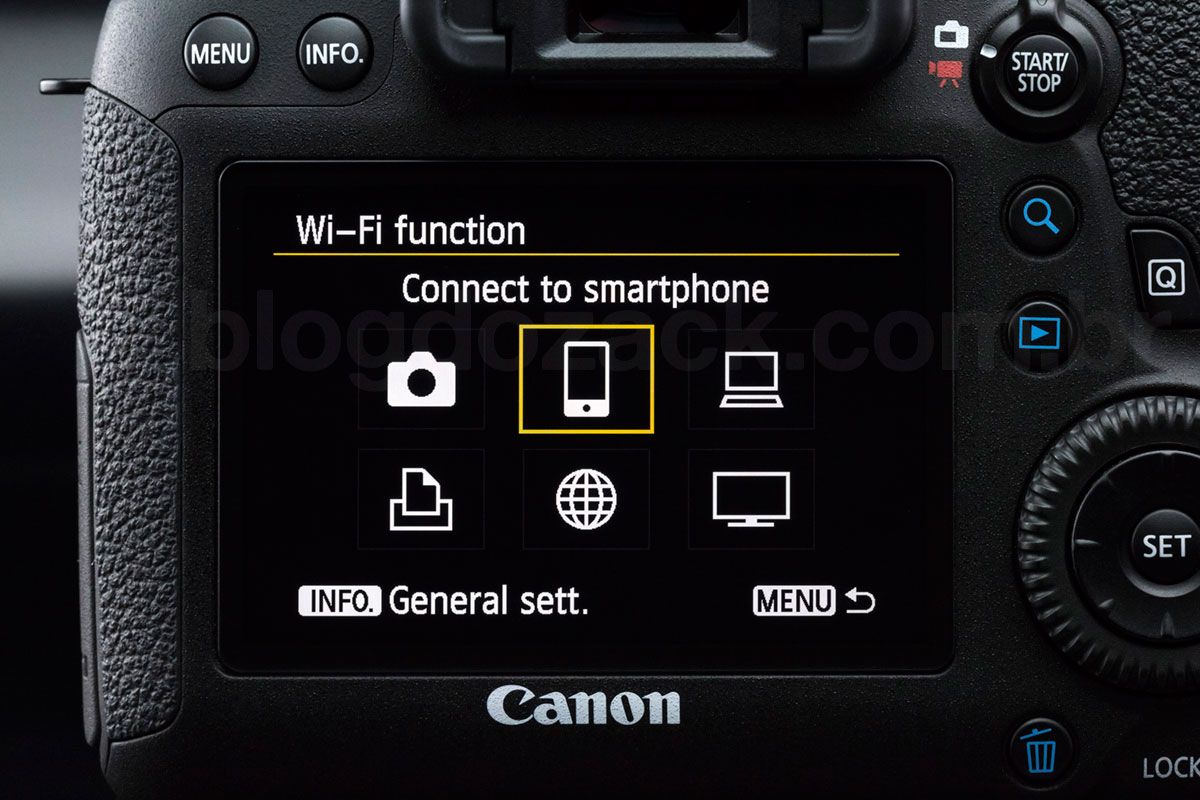
A very comprehensive Wi-Fi function, with many connection modes.
Not only you can use the Camera Image Viewing, that’ll show every file on the cameras’s SD card, but the Remote Shooting activates a wireless Live View mode, streaming live video to the iDevice bigger screen. It’s excellent to collaborate with others, be it your client or the creative director. And with the all-wireless commands, you can set your camera on different angles to shoot wirelessly as well. Very handy for creative shots during wedding cerimonies or stages; or even a simple self-portrait, as every exposure control will be at the touch of your hands.
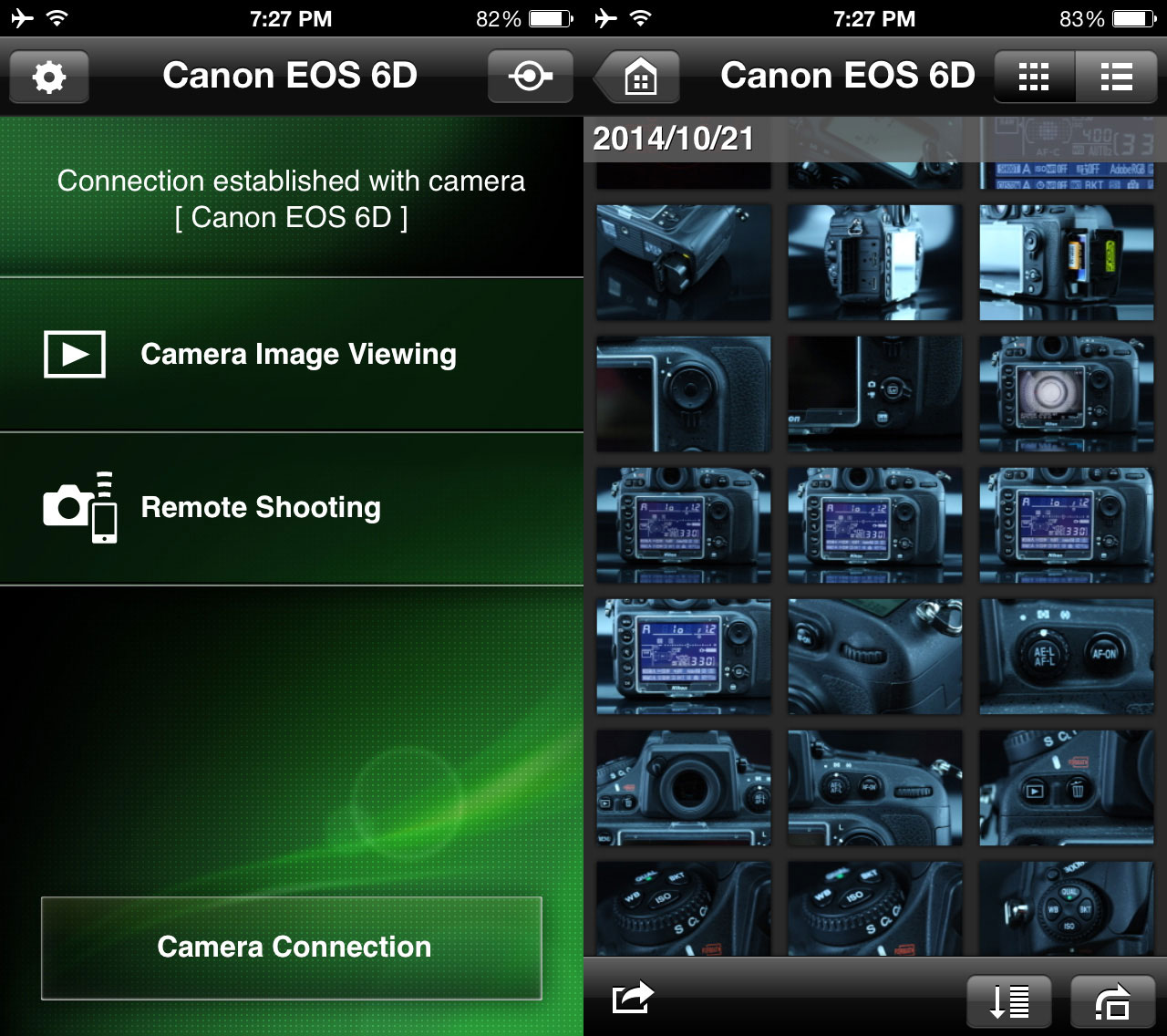
Left: app main functions. Right: Camera Image Viewing. Bottom: Remote Shooting.
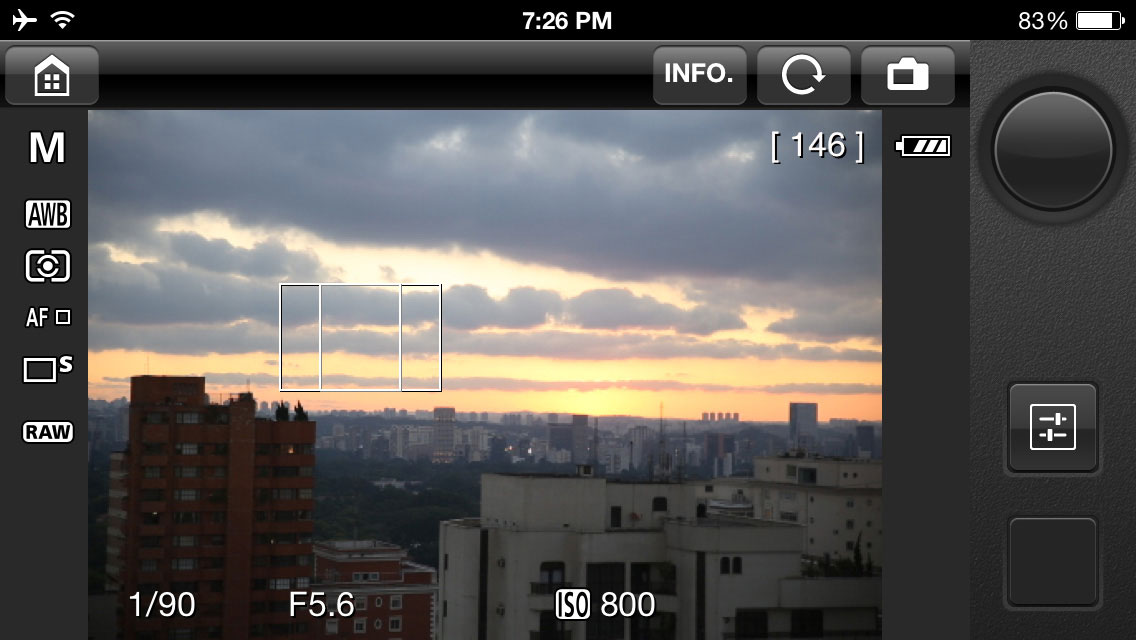
A streaming Live View on your iDevice, with all wireless controls. Fantastic!

Not much is said about the EOS 6D AF and its 11 phase detection points, a jurassic number considering today’s standards. But this is one of those things that doesn’t actually rely too much on quantity, but on quality. Of course, you shouldn’t expect state of the art continuous tracking like the 1D-X, but the 6D has a trick up its sleeve: the central point is -3EV sensitive, basically “seeing” in the dark. It is superb for closed venues, guaranteeing AF usage where most cameras won’t even try.
And it’s completely adjustable although not as extensively than the Reticular 61 points AF on higher end cameras. You can manually set the speed/precision ratio; the shutter release priority (immediately or only in focus); the movement priority (speeding up or slowing down), or what the camera should after the first shot. It not as complicated as the five tabs on the 1D-X/5D Mark III.
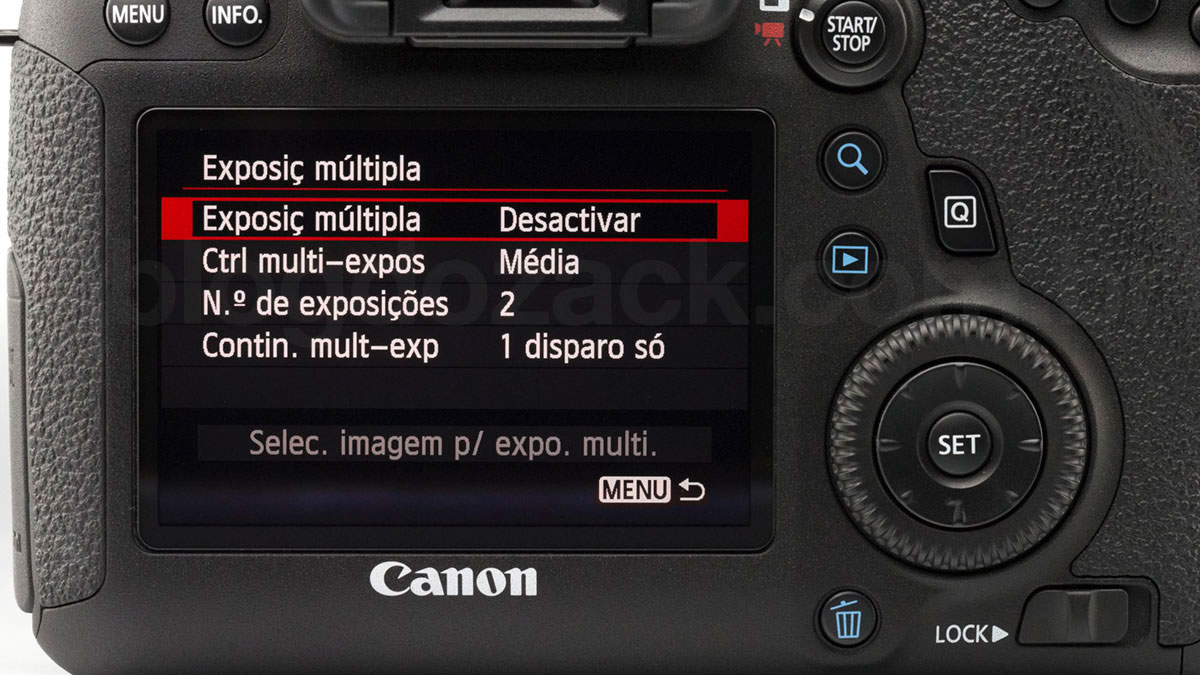
Another borrowed function from the 5D Mark III + DIGIC5+ processor, and software capped to keep the classes distinct (fuck you, Canon!) is the multiple exposure. A shameful “headline” on this EOS generation, as most Nikon D cameras feature something similar since forever. The multiple exposure is nothing more than registering two or more exposures on the same frame, similar to what was possible with higher end film cameras. It’s a creative possibility straight on the camera but you can’t really guess what the results will be. It’s a market trend to insert functions in camera so you can easily upload your files to social networks using the built-in Wi-Fi capabilities.
It is dead simple to use: enable it, select how many exposures will be blend together and shoot. But the EOS 6D will only save the resulting composite, different from the 5D Mark III with all files. So it is very limited since you’re trowing away the original photos, making it impossible to recompose later in software; or later in camera like most Nikon’s do. Canon will allow you to “load” a base file, but will match your next exposure to the same ISO. It’s a very dumb function and it’s better implement on the 5D Mark III. In my opinion, leave these composites for post processing.
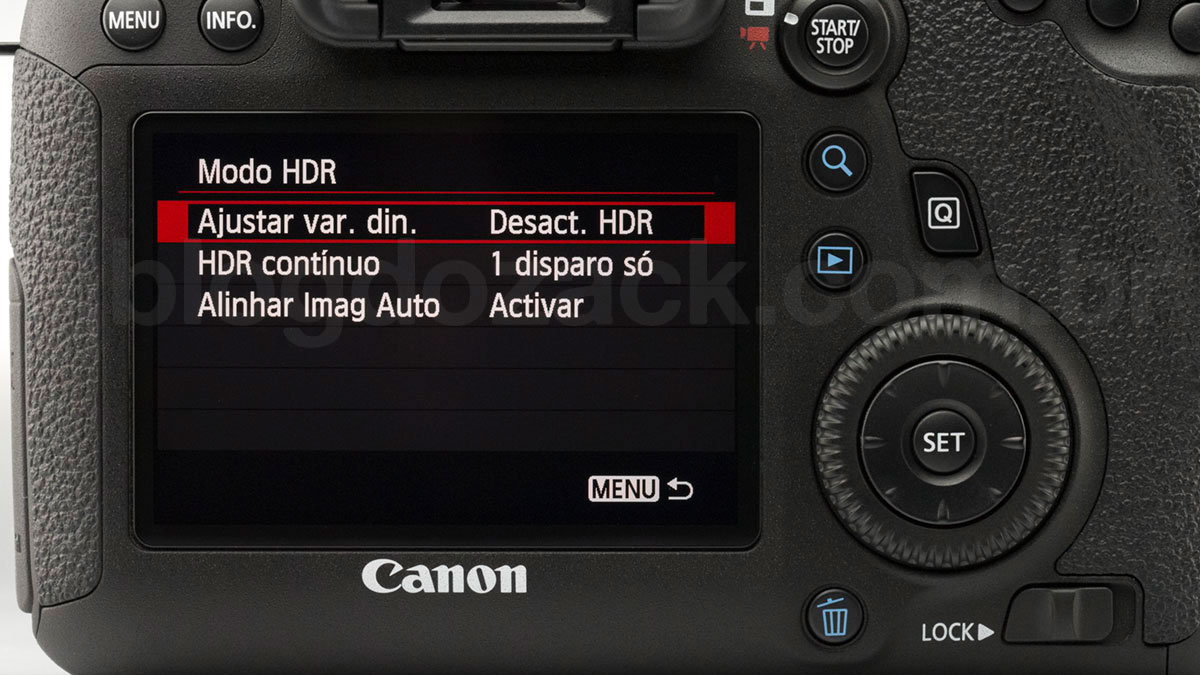
Another DIGIC5+ function is the in camera HDR. The HDR “mode” (high dynamic range) combines different exposures of the same photo to multiply its range from dark to white, creating an ultra realistic photo, ahead of what the camera can “see” on a single shot. It’s very useful for complicated backlit shots, as our eyes can see what the camera can’t. But the essentially artificial results lag behind a pleasing look, fading the colours away, messing with the contrast.
The digital sensor can’t really register a wide range of tones from black to white. You either expose to the shadows, potentially “clipping” the highlights; or the other way around, turning the shadows into complete darkness. So someone created this composite technique to preserve the best of both exposures, giving it a very hyped tittle of “high dynamic range”. It’s nothing new and was easily done on film through bracketing; it’s exactly the same thing. And it does wonders for some specific types of photography, like products shots, architecture and some landscapes. But people decided to overuse it an shoot other people, pets, flowers, anything with a weird blend of colours and those ridiculous halos around contrast edges. So in my opinion it is something to be ignored.
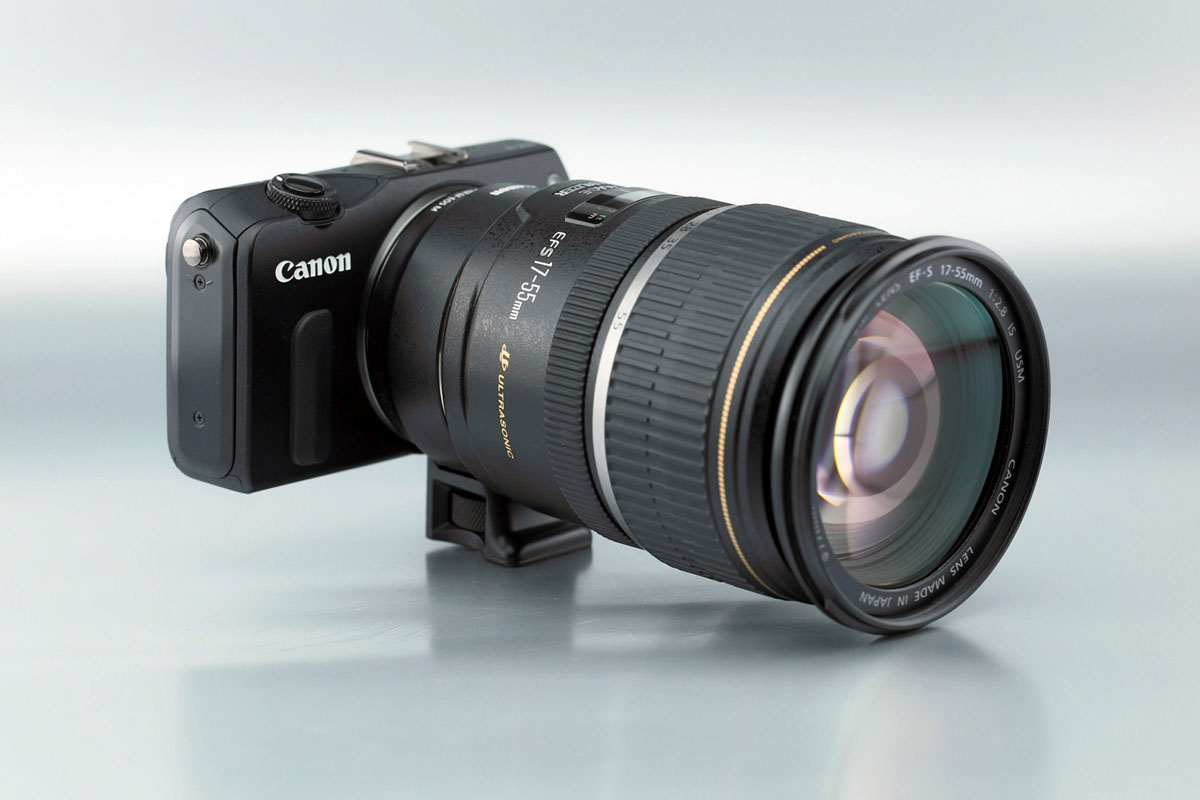
“M 17-55″ at f/8 1/125 ISO400, straight from the camera JPEG. The shadows were restores, but notice to weird colour blend.
Either way it’s on the 6D with another stupid catch: it’s JPEG only! If the HDR mode enhanced the raw files dynamic range, that would be wonderful. But it’s JPEG only so you’re better off using the bracketing mode and blending it later. In camera, you must first select the JPEG file type; then the HDR menu with light up; and you can set the exposure compensation value, like an automated bracketing. It can even align the photos in camera, but I found it to be very imprecise. Release the shutter and all three shots are taken. I repeat: stick to the bracketing and blend your files in post.
The 6D is the most recent full frame camera on the EOS DSLR line and continues the excellent Canon “look” that brought them to the top of the market. It’s those silky smooth ISO100 files, with sharp details from edge to edge (depending on your lens), with a perfect colour science made for skin tones, for great prints. And lately most brands are racing to deliver cutting edge high ISO performance, free from noise under low light, and Canon did deliver a great product.
Not, it won’t reach the absurd ISO409.600 Sony value for dumb looking moonlit files at the beach. The EOS 6D is rated at just ISO25600 (expandable to 102.400), more than enough to compensate the lack of light for f/8 candlelit exposures. Its biggest difference is the absence of noise when there’s no light, and not the lack of noise on the shadows. It’s overall very clean.
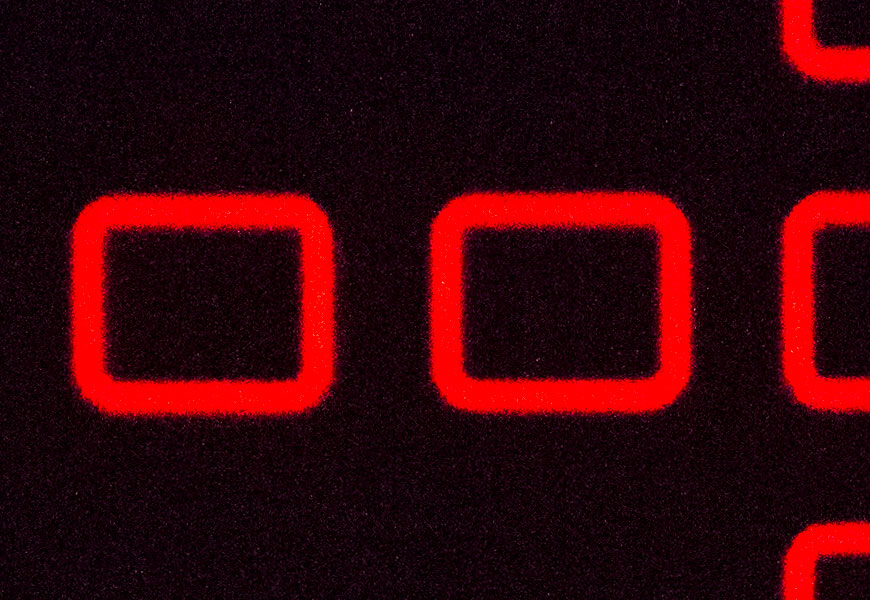
100% crop, a very impressive performance for this ISO value.
While other brands “hide” the noise at high ISOs enlarging the pixels dimension interpolating the data differently, the Canon EOS 6D sensor simply won’t register the data when there’s no light. That magenta tint we’re used to see on the 5D Mark II black is gone, and we’re left with real “blacks” in the dark. It’s the perfect contrast of light under dark situations.
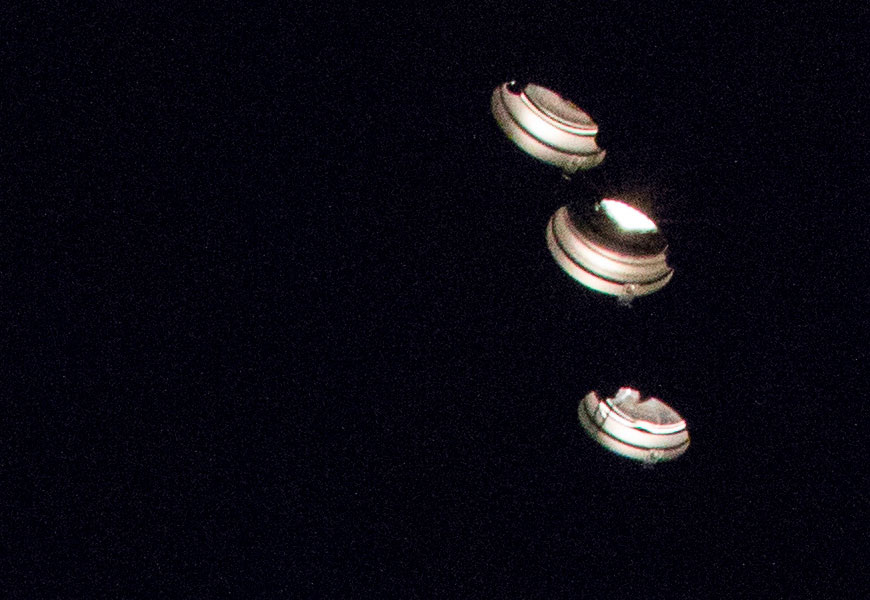
100% crop, the noise levels are extremely well controlled when there’s no light!
It’s more data per pixel on the 6D high ISO than any other camera with a similar pixel count. We can see more details at high ISOs with perfect hair strings on low light portraits, even landscapes details on night time exposures at f/8. And, again, if there’s no light, there’s no noise.
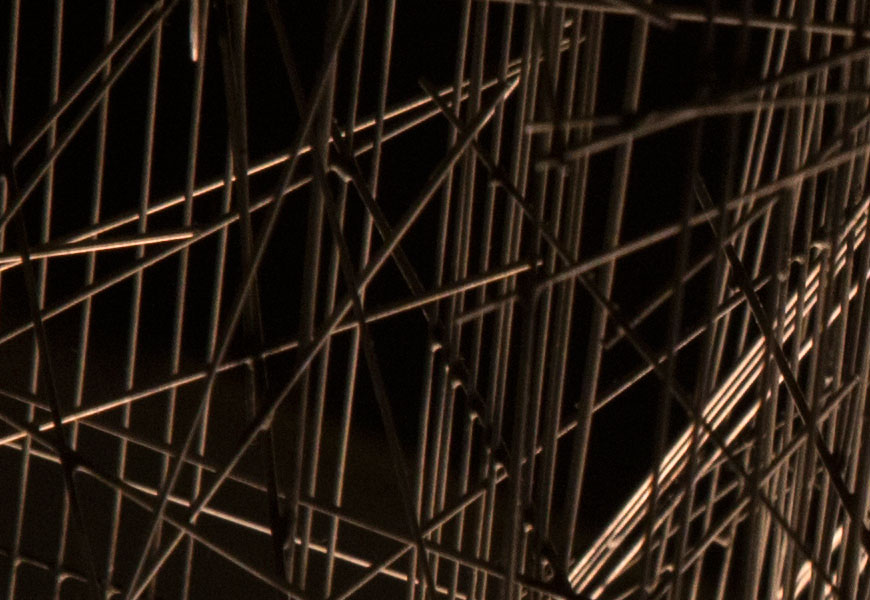
100% crop, the details and contrast are perfectly rendered under low light.
But I won’t back down about Canon’s limited single shot dynamic range compared to Sony sensors. You either nail your exposure on the 6D, or forget about major slider toggling on software. The banding, that I already discussed on a vlog do zack, is still there on any +3 exposure adjustment on Adobe’s Camera Raw. If your life depends on heavy creative light post processing, this is not the camera for you. No wonder Canon put as many HDR modes as possible in their cameras, from the JPEG HDR mode to a “night” four-exposures mode, just because it can’t deliver.

100% crop, visible banding on software restored shadows.
Another annoyance I noticed on the EOS 6D is the dual-layer, 63 zone metering system (from the 5D Mark III), not very friendly with dark subjects. On the evaluative mode, associated with the focus point, it trows your exposure all the way up to compensate for dark tones. So anything darker on your frame will push the exposure up, easily messing with the highlights. On a very specific shot at the São Paulo Pinacoteca, I had to compensate for a -2EV to shoot a dark catwalk that cuts trough the building, otherwise the camera would completely overexpose a not-so-complicate photo.
Anyway, for 99% of the shots, the 6D is one of the best DSLRs on the market today, proudly being a member of the Canon EOS family. With over 58 EF lenses, from ultra wide to super telephoto, you can capture virtually any subject on this planet (and even some outside of it) with an easy to use, very light, under US$2000 high performance camera. It took me almost two years to finally add it to my kit, and I just don’t regret doing it sooner because I loved the 5D Mark II files. So we’re back at the beginning. It’s not “low cost” at all. It’s the “spiritual successor” of the EOS 5D Mark II. And that was a tough camera to beat. But Canon did it again. Nice shooting!
